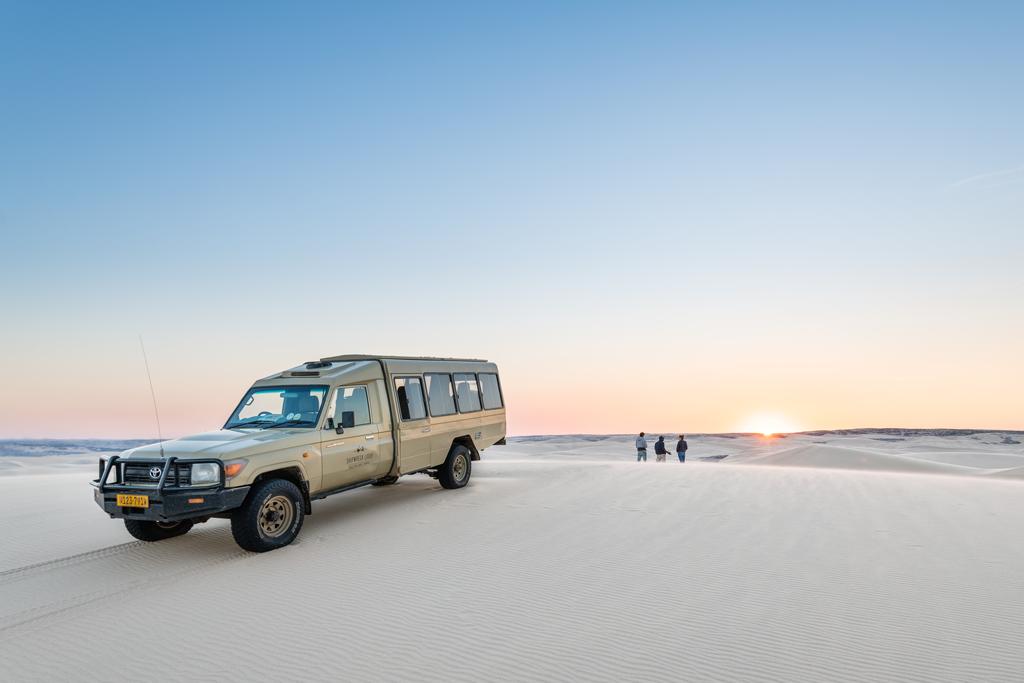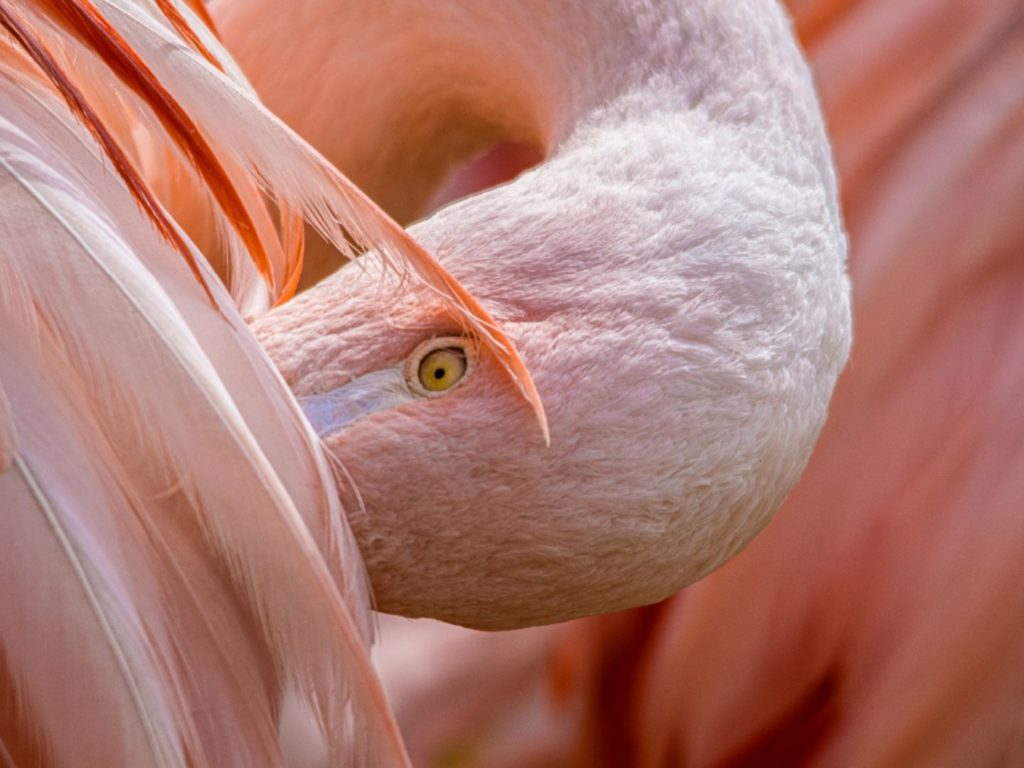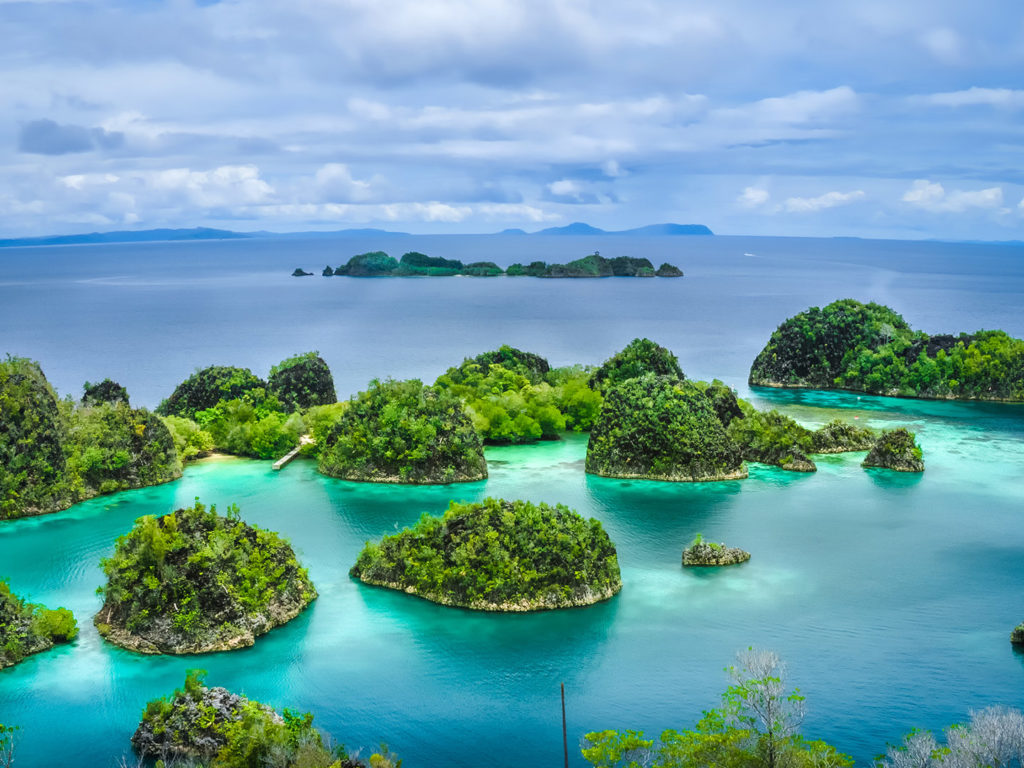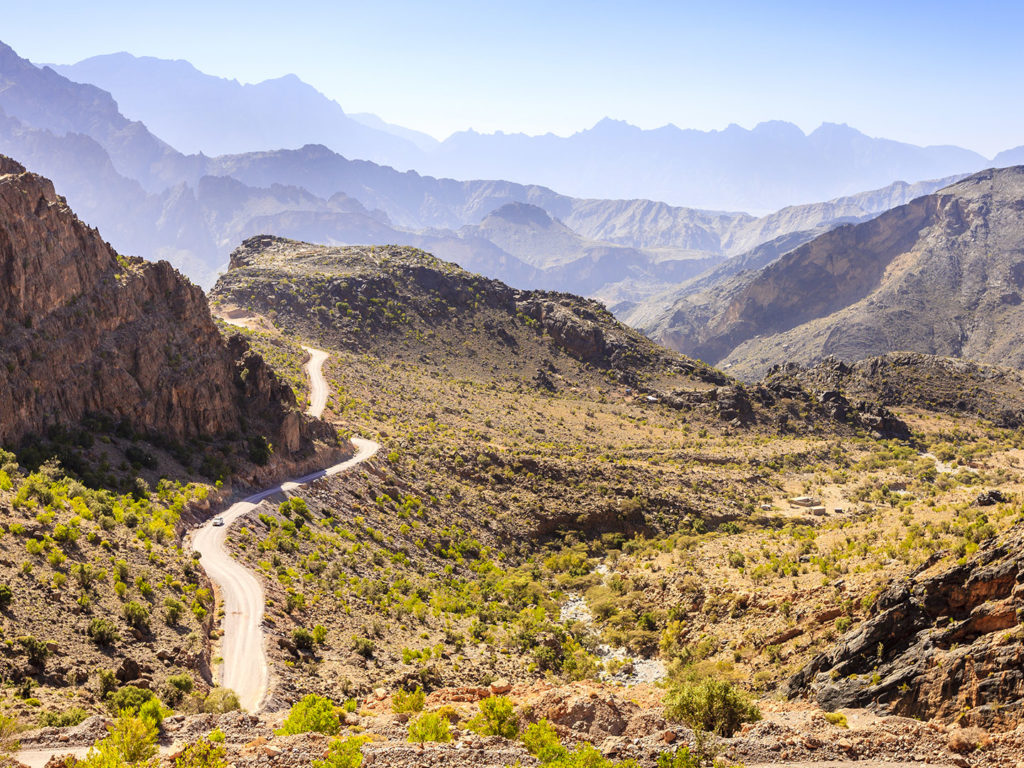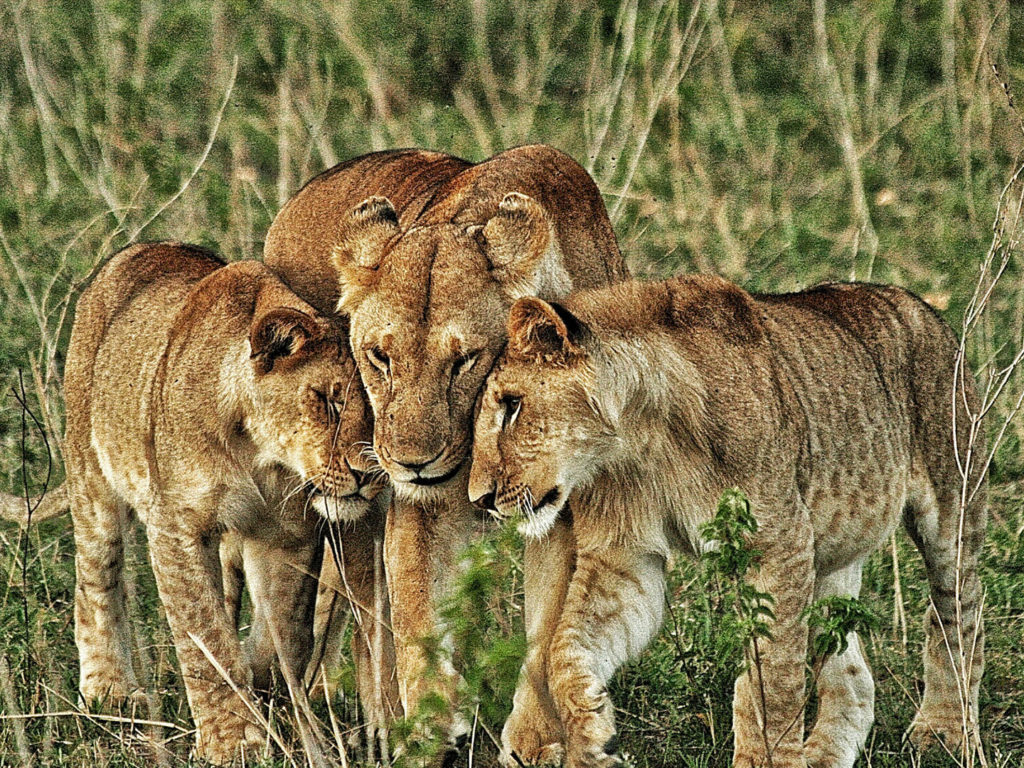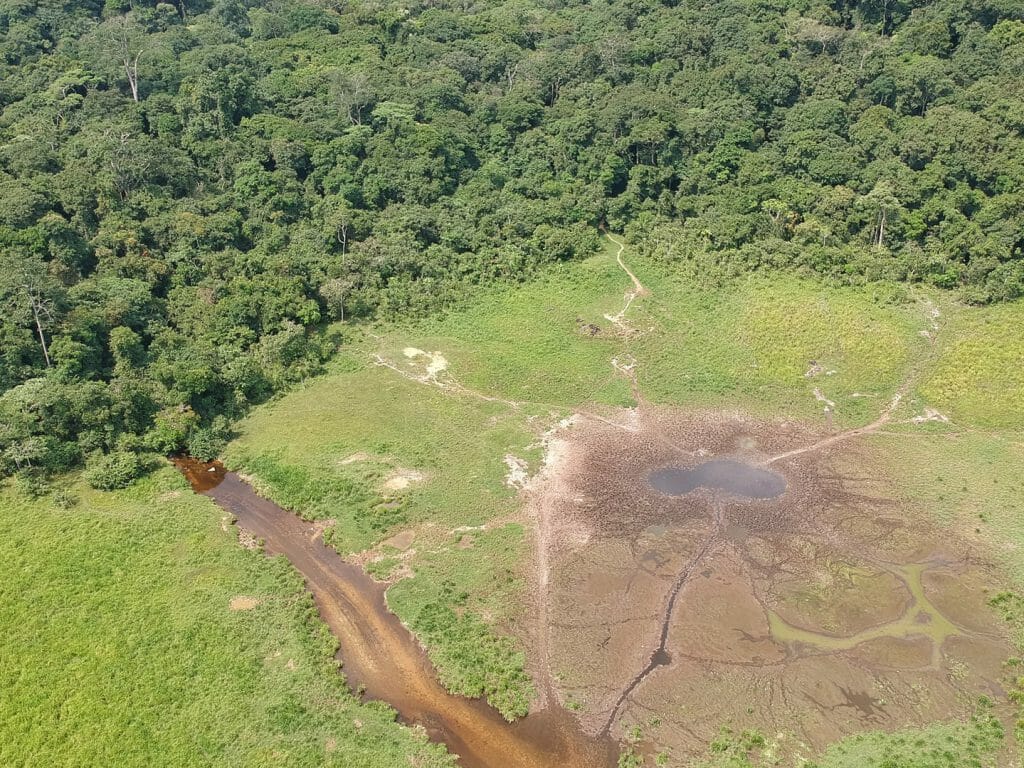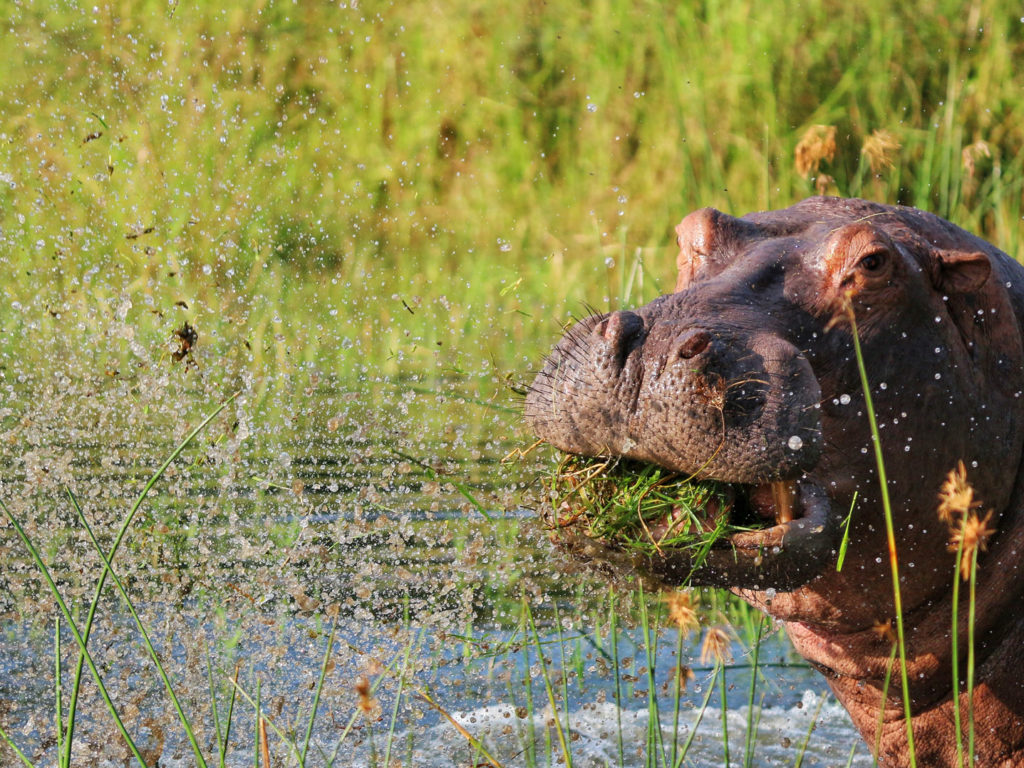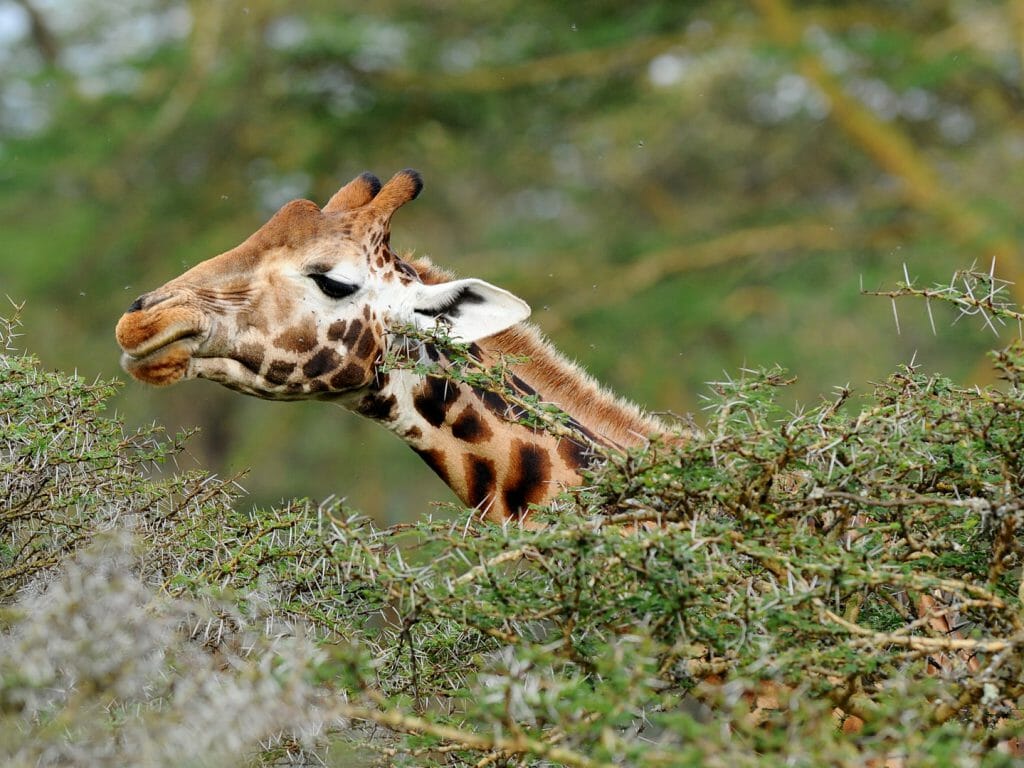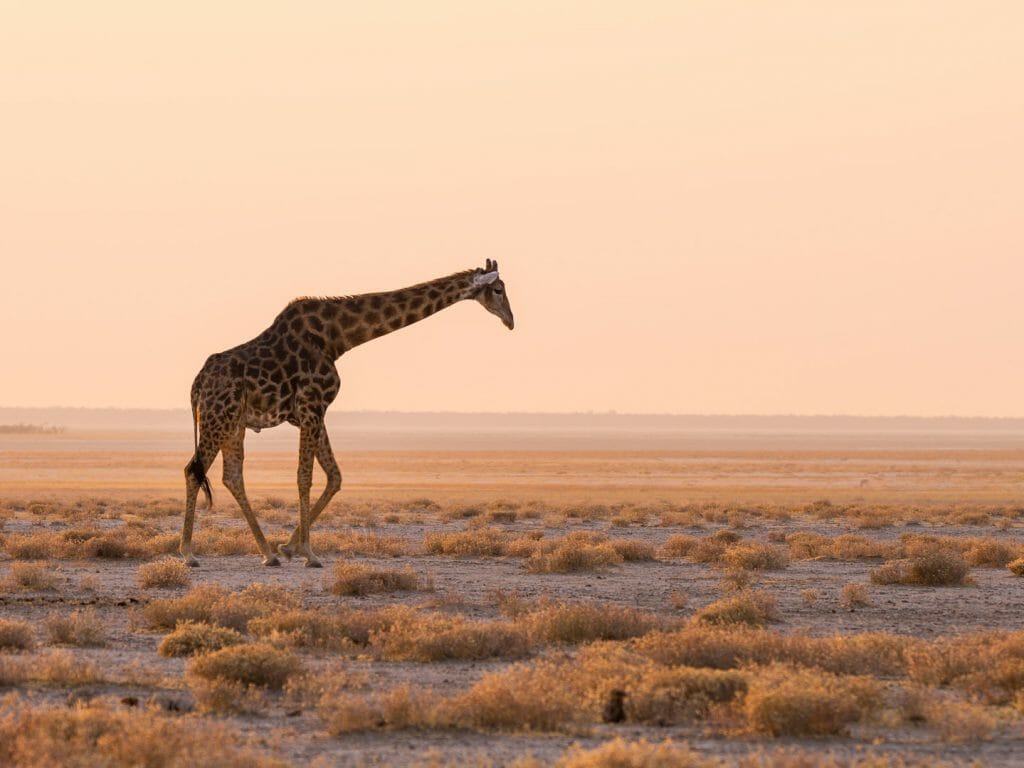Before I embarked on this trip, it was a bit of a mystery of how it would go. But I’m so glad that I didn’t do my research. Instead, I put my trust in the 40 years of Schoeman know-how and this was the right call.
And so, the journey began at Hosea Kutato International Airport, in Windhoek, Namibia’s capital city. Here, I met the rest of the group – an American couple and an English lady. Over the next three days, we flew over the ever-changing Namibia landscapes.
“Ladies and gentlemen, please put your headset on and let me know if you can hear me. We will be flying quite low over the coast, and I will try to show you as much as possible of the Skeleton Coast. Get your cameras ready.” I quickly got hold of my headset and put them on. We were travelling with one of the Schoeman brothers, Andre. His father formed the Skeleton Coast National Park in 1977.
Amy Schoeman,
Andre was a very unassuming man. Very calm and gentle. Flying with Andre was genuinely incredible. He had so much knowledge about the area and the people, and he was a very skilled pilot. His passion and love of flora were infectious. He was basically our private pilot, chef and host for the next three days.
The journey started with a stop at the Sossusvlei dunes. These dunes reach heights of 300 metres or more. We landed close to a huge dune that Andre called “Secret Sossusvlei”. We were the only ones in this area. He told us that “
I asked Andre how the dunes were formed. He explained, “The dunes were created by sand being carried on the wind from the coast. The wind blows from all directions causing the sand to form a star shape with multiple arms. The sand here is approximately five million years old and comprises of mostly tiny grains of coated in a thin layer of iron oxide that gives the dunes its distinctive red colour.”
We continued our journey along the coast, flying at low level. We stopped for lunch at a beach dotted with granite rocks, bird skeletons and whale bones. Afterwards, we stopped again to see the remarkable Welwitschia mirabilis. “This plant grows incredibly slowly. It would be no surprise if this one is 3000 years old. It is only found in Namibia, and you will always see it close to the sea.” Andre told us.
After an exhilarating first day, we spent our first night at Kuidas Camp, past the dramatic Ugab Formation with its numerous black ridges that are in stark contrast to the white desert floor. The camp was located in the remote Huab River Valley, the only camp for miles.
The next day, after breakfast, we went on foot to view some nearby rock paintings, before flying to Terrace Bay. Here, we jumped in the Schoemans’ 50-year-old Land Rovers. Andre asked, “Who wants to sit on top of the Land Rover?” Before he had even finished the question, we were already climbing up onto the roof.
We had no idea of where we were going. Andre deflated the tyres drove to the top of a very high dune. At the top, he asked us if we would like to slide down. As we slid down feet-first, all we could hear was the “roaring of the dunes”. This natural phenomenon is a roaring thunder that builds and reverberates throughout the dune. Andre explained that this was most likely caused when the sand grains are just the right size. Then two frequencies match the shearing and scraping of grains against each other and this creates a resonance that produces a roar.
Shortly afterwards, we stopped and all got out of the car. Andrea asked us to all lie down on our belly and look down into a magnifying glass. The colourful sand was beautiful when magnified.
After this discovery, we returned to our plane and flew to our second camp, Leylandsdrift Camp. Although simple, this had a million-dollar view. My favourite camp on the trip, it sat on a mountaintop with the Hoarusib River flowing below.
On the following day, we drove to visit a local Himba village. The Himba are an ancient tribe living in the north-west of Namibia. Only about 60,000 survive in Namibia, with some also living on the other side of the Kunene River, in Angola. They are semi-nomadic people whose way of life has remained largely unaffected by the outside world. They survive breeding sheep, goats and cattle, as well as growing maize and millet.
The village we visited had small dome huts made from mud and grass, and there were only women and children. It looked quite barren – no trees or vegetation. As we approached the village, they all seem unaware of us and continued with their everyday tasks. Apparently, all the men had gone out cattle herding.
The women were very striking, with their red-ochre-coloured skin, intricate hairstyles and handmade jewellery. They were welcoming and very keen to show us how they painted their faces and hair. An older matriarch seemed to oversee the whole village. Through an interpreter, we were made to understand that every woman with a crown on her head was married. The women looked so beautiful with their elaborate hair braids and Himba crowns.
It was remarkable to hear that women were not allowed to use water for washing. Apparently, over the years, with so many droughts, water has become rationed and only men were allowed to use it for washing. I would have thought it should have been the other way around! The women took a daily smoke bath to maintain personal hygiene. For this, they put charcoal into a little bowl of herbs and waited for the smoke to rise and cover themselves with a blanket for full body wash.
The Schoeman brothers, in conjunction with other camps in the area, have been working with the Himba, encouraging them to make crafts and also have an understanding of the importance of conservation. Little children were selling their crafts. It was a good feeling to give back to the community.
After bidding farewell to our new friends, we flew to Kunene Camp in the north of Hartmann Valley on the banks of Kunene River. Andre said the Kunene River used to flow into Etosha National Park just like the Okavango Delta in the 60s.
On our final day, after days of deserts and dunes, we took to the river. An early morning boat trip took us through the scenic desert landscape, spotting klipspringer, crocodiles and birds. This was a nice, relaxed end to what proved to be the best flying safari I have ever done.


